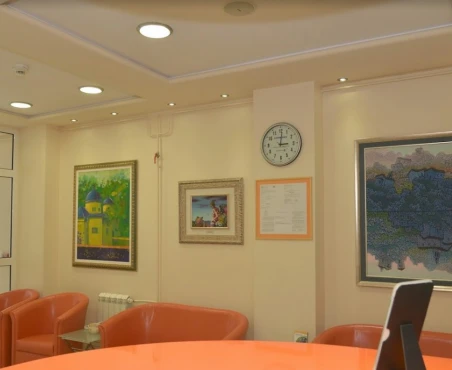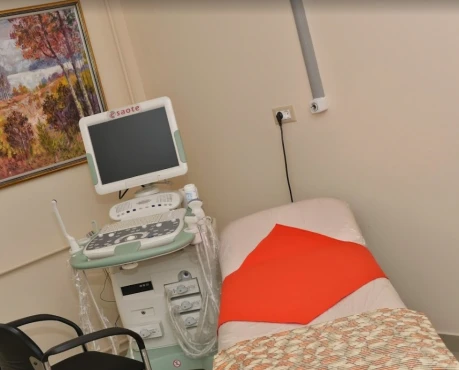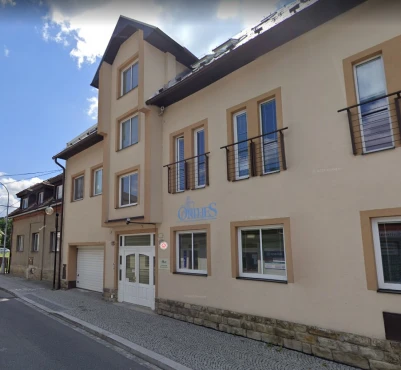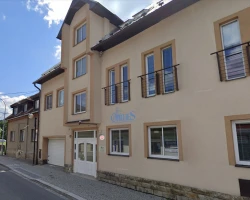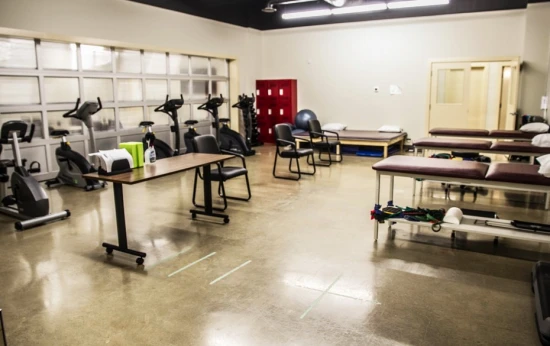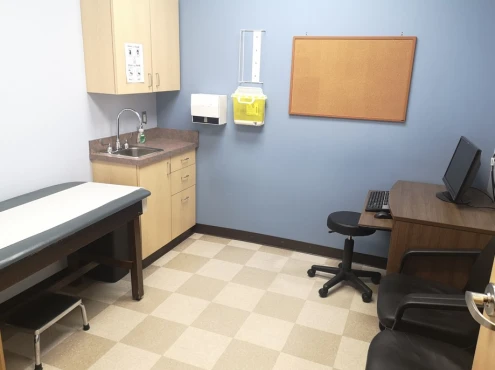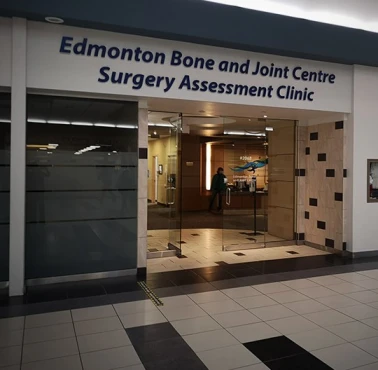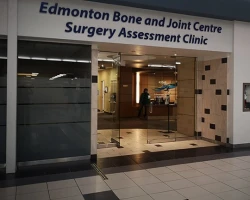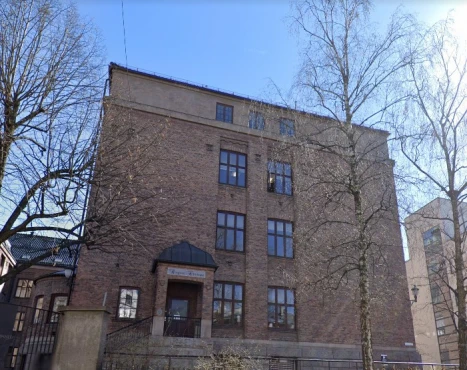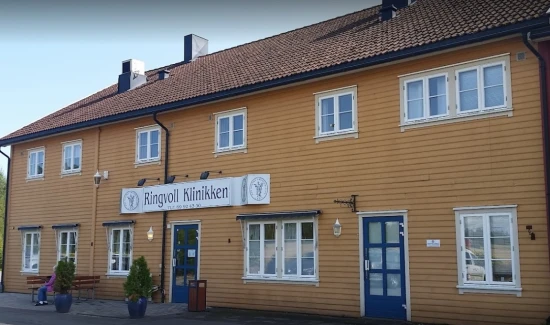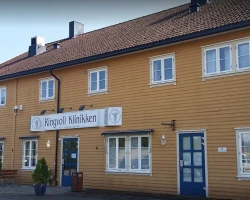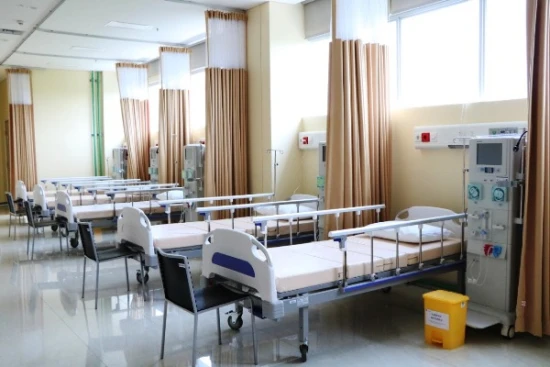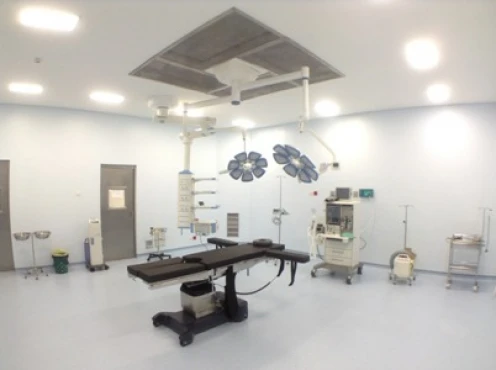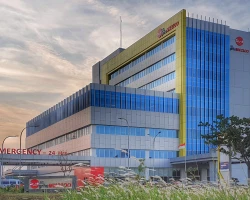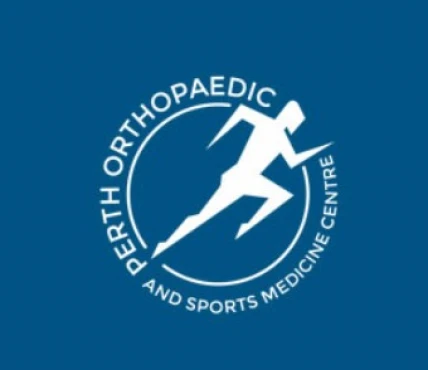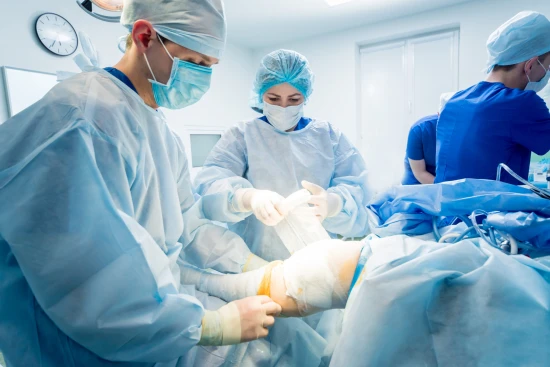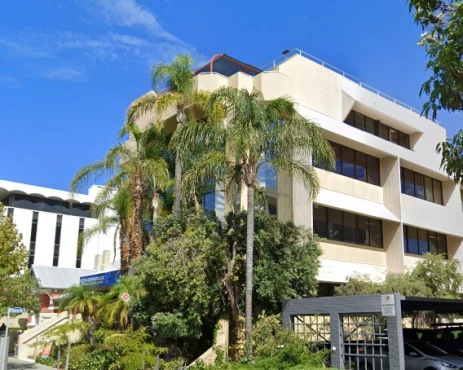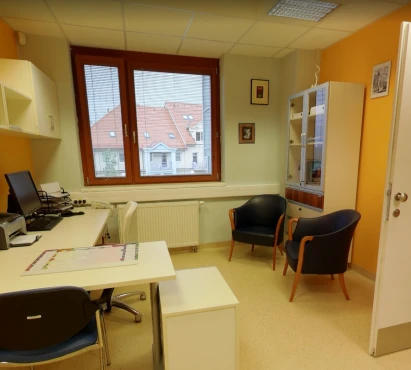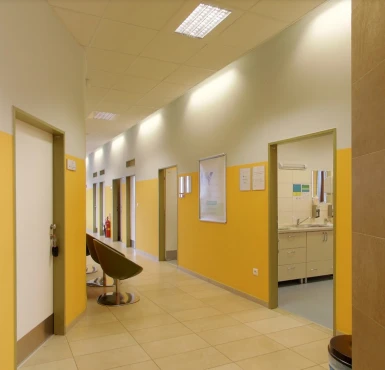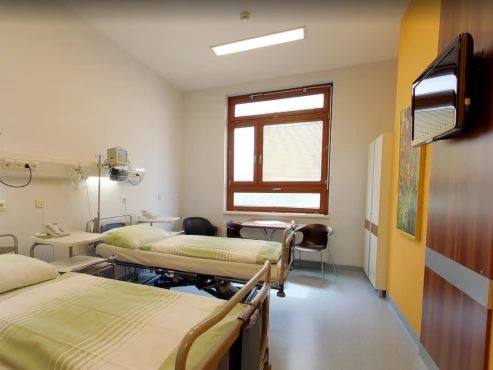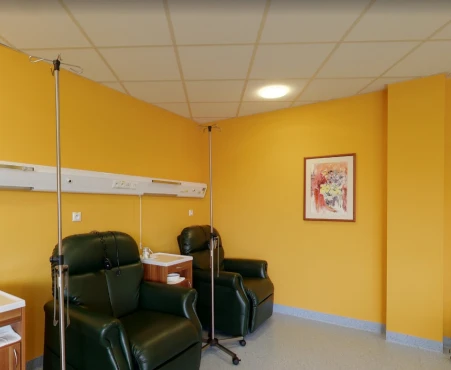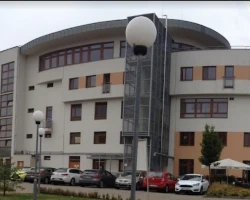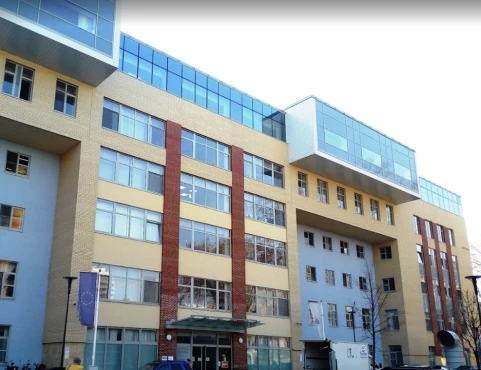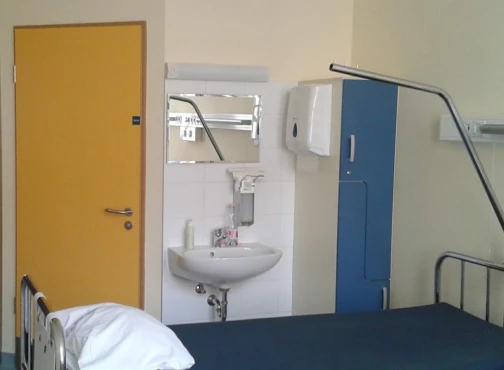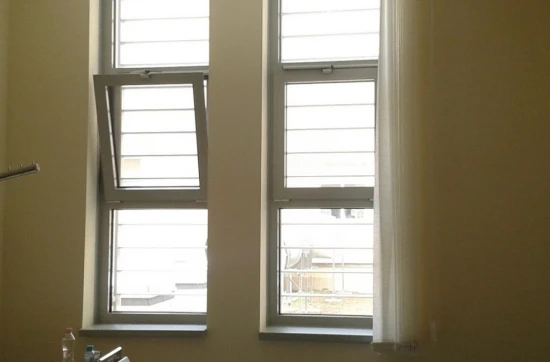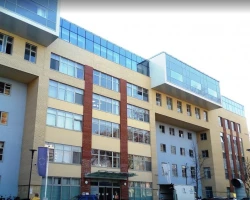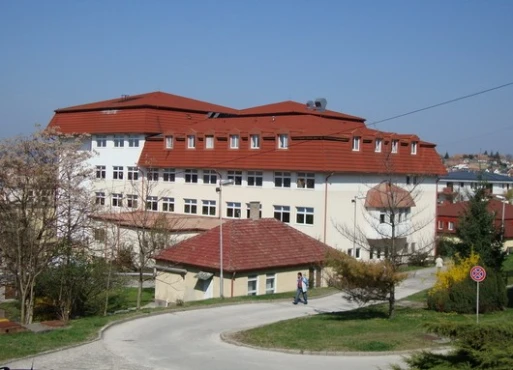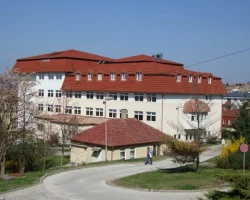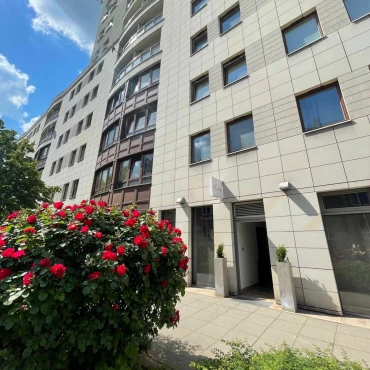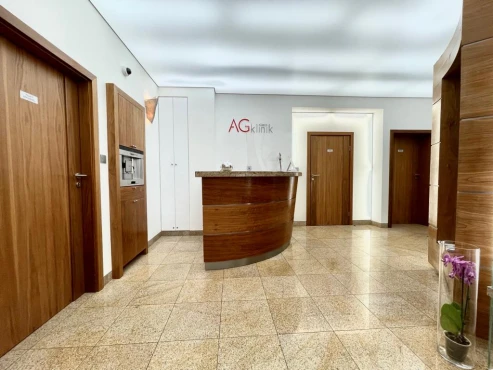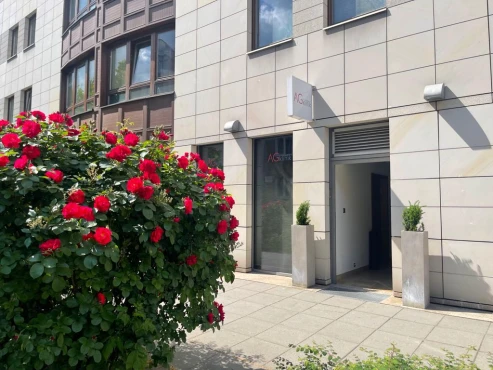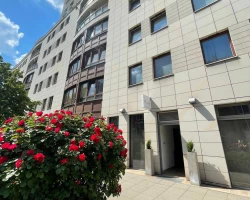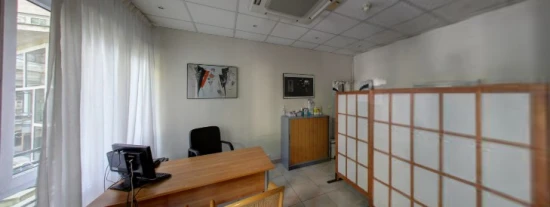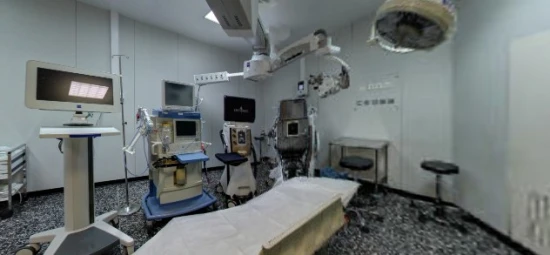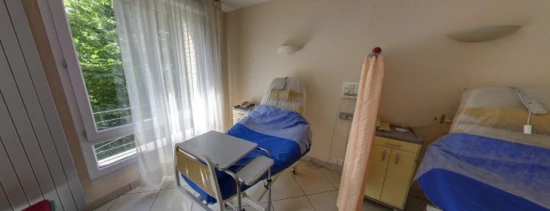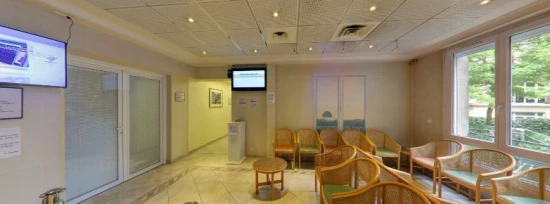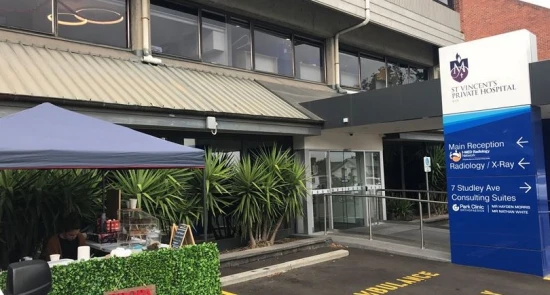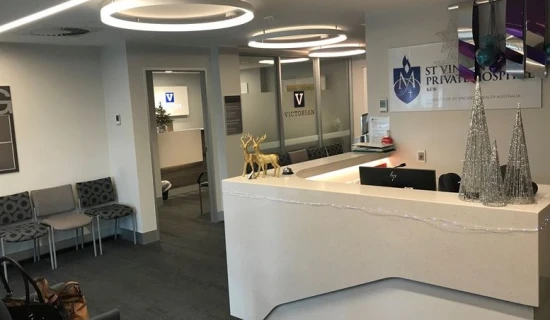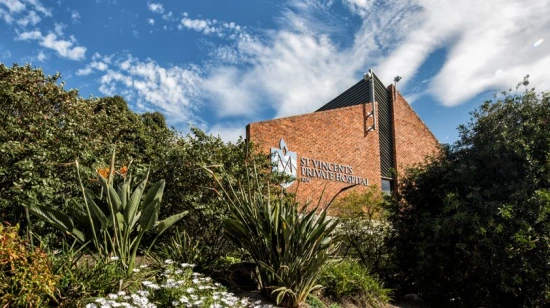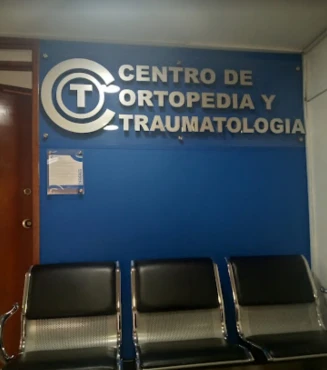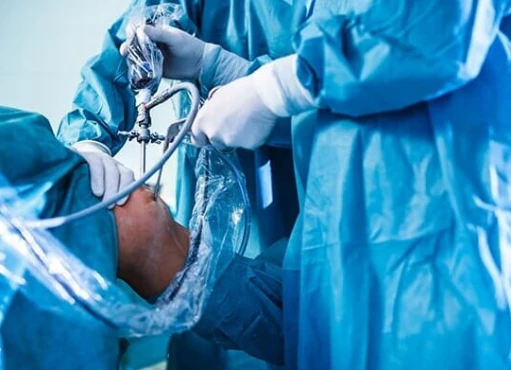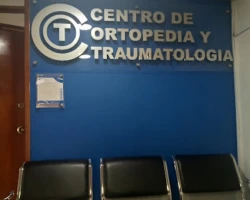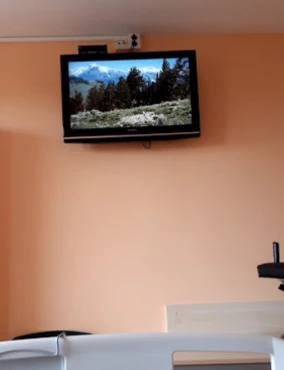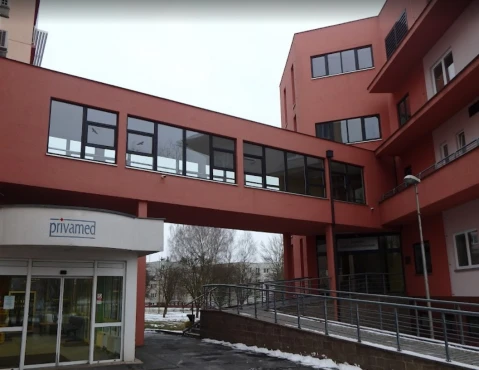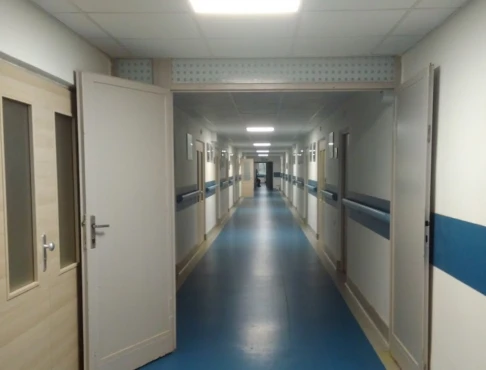What's that?
Osteoarthritis of the acromioclavicular joint is a polyetiologic disease consisting of obliteration of articular cartilage and intra-articular disk with subsequent changes in bone tissue - osteophytes of the acromion and acromial end of the clavicle with the development of chronic progressive pain syndrome, painful restriction of movements in the shoulder joint associated with narrowing and impingement syndrome in the subacromial space.
The main reason for the development of these changes is sports and professional activity associated with throwing, weight training, and prolonged work with arms raised above horizontal. On the other hand, a long-standing trauma to the joint, such as a rupture of the acromioclavicular joint with instability, quickly leads to the development of osteoarthritis.
Patients experience localized pain in the projection of the acromioclavicular joint, which increases with movements in the shoulder joint and may be accompanied by night pain, especially in the position on the bothering side. Clinical examination reveals localized pain when pressing on the acromial end of the clavicle and increased pain when bringing the limb bent in the shoulder joint (positive cross-chest test). Symptoms of impingement in the subacromial space may also be detected. Diagnostic injection of local anesthetics into the joint cavity, X-ray, and MRI allow the establishment of a precise diagnosis.
Treatment tactics depend on the severity of complaints and radiologic and MRI pictures. At the first stage, conservative measures are appropriate - non-steroidal anti-inflammatory drugs, physical therapy, and therapeutic exercises. In more severe cases, intra-articular injections of corticosteroid drugs are indicated. If conservative therapy is ineffective, surgical treatment is used - arthroscopic subacromial decompression, acromioplasty, or excision of the acromial end of the clavicle.
Pathogenesis
Osteoarthritis of the acromioclavicular joint is a chronic disease in which the integrity of cartilage tissue is compromised, and arthritic changes gradually develop in this joint. Often, the cause of this disease is overload or sports injuries. As part of the shoulder girdle, the acromioclavicular joint performs a binding function between the scapula and the proximal clavicle, and its functionality largely determines the ability of a person to make amplitude movements of the arm. In arthrosis, there is a violation of normal biomechanics, narrowing of the articular gap, forming osteophytes - bony outgrowths; the inflammatory process develops, which leads to the appearance of persistent pain syndrome and over time, full-fledged physical activity and regular arm movements become impossible. In addition, arthrosis and osteophytes contribute to injury of the shoulder rotator cuff tendons.
Risk factors
Several leading factors lead to the development of osteoarthritis:
- repetitive heavy lifting and weight lifting;
- keeping the arm in a raised position for long periods;
- trauma or surgical intervention in the joint area;
- weakness of ligaments and muscles of the joint, abnormalities of cartilage and bone tissue development;
- heredity;
- metabolic disorders, osteoporosis.
Symptoms of osteoarthritis of the acromioclavicular joint
Among the leading symptoms of this disease are:
- joint pain after exercise, and subsequently, persistent pain that does not respond well to analgesics;
- deformation, the appearance of a "bump" in the projection of the joint;
- crunching and clicking in the shoulder joint when moving the arm;
- swelling, redness in the joint area;
- limitation in movement: difficulty in fully extending or raising the arm.
Treatment
Conservative treatment for arthrosis of the acromioclavicular joint is possible at the initial stage of the disease. In this case, anti-inflammatory and analgesic drugs that improve microcirculation in the joint and chondroprotectors that promote the restoration of cartilage tissue are prescribed. The use of PRP (platelet rich plasma) therapy and local injection of hyaluronic acid preparations is also indicated. An important aspect is the correction of loads and physiotherapy.
In case of ineffectiveness of conservative therapy, increasing symptoms of the disease, as well as significant degenerative changes with the formation of osteophytes in the acromioclavicular joint, surgical treatment is recommended. There are various methods: decompression, acromioplasty, and excision of the acromial end of the clavicle. It is possible to operate both arthroscopically and openly. During the operation, excessive overgrowths and pathologically altered tissues causing conflict are removed, the width of the articular gap is restored, and if necessary, the ligaments of the acromioclavicular joint are restored. All this is aimed at restoring normal anatomy and returning functionality of the acromioclavicular and shoulder joints.
Most operations are performed using a minimally invasive method—arthroscopy. All operations are performed through several punctures in the joint area. Endoscopic equipment equipped with optics is used, which makes it possible to examine the joint from the inside to clarify the diagnosis and perform the necessary operations. All actions during the operation are also carried out under visual control, which eliminates the risk of intraoperative complications. In case of severe osteoarthritis, open surgery may be required.
Pain in the shoulder joint, arising during physical activity, can be due to many reasons. If periodic soreness often does not cause much concern for the patient at the initial stage of the disease, then over time, the pain may become constant, the joint may lose its former mobility, and sports activity is limited. Especially when practicing power sports, throwing, rowing, etc. One of the causes of such problems may be arthrosis of the acromioclavicular joint. The only correct solution is to consult a doctor before such a development. Otherwise, the joint will continue to deteriorate, and it will be possible to eliminate the pathology only with the help of a serious operation. Therefore, if any signs of the disease appear, do not delay a visit to the doctor.

